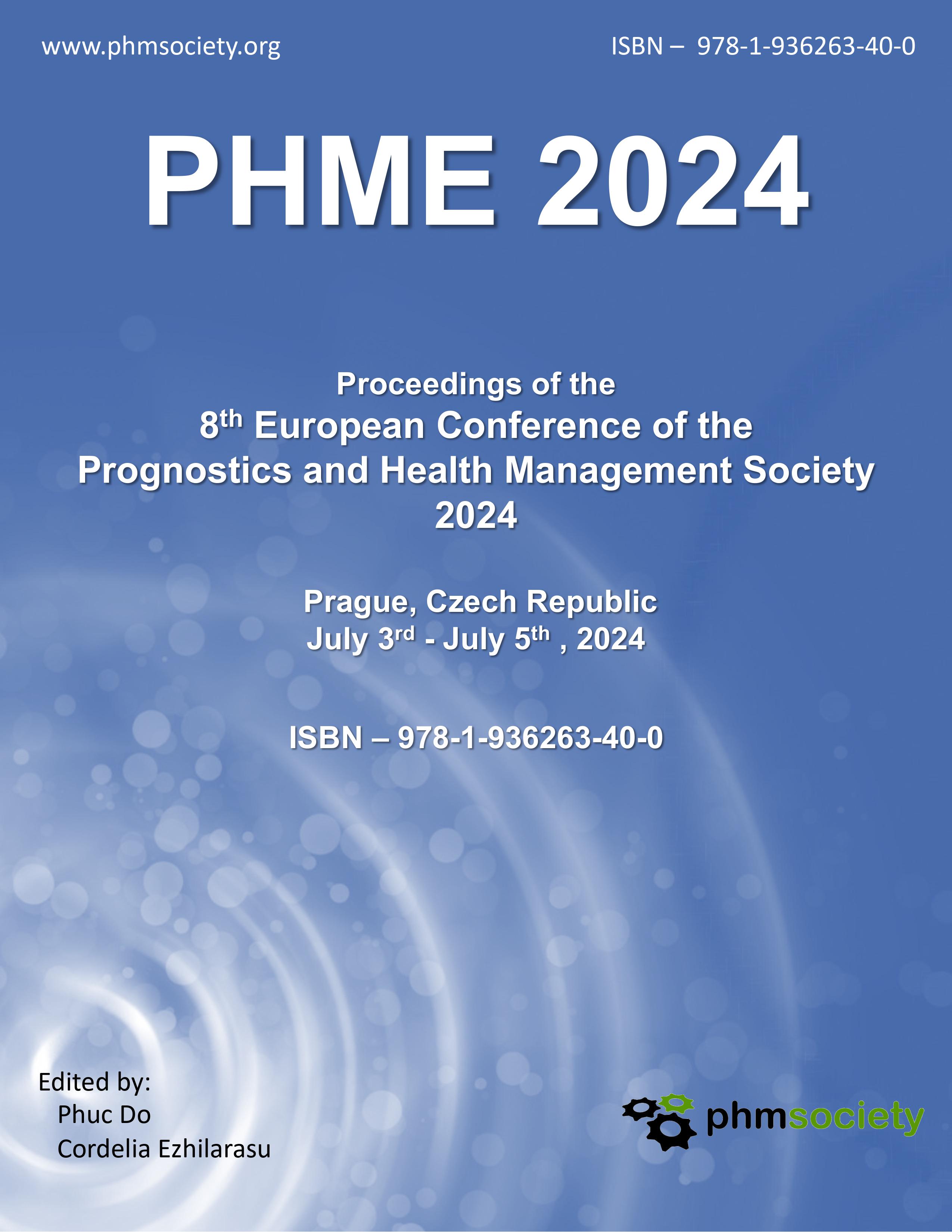Anomaly Detection of a Cooling Water Pump of a Power Plant Based on its Virtual Digital Twin Constructed with Deep Learning Techniques
##plugins.themes.bootstrap3.article.main##
##plugins.themes.bootstrap3.article.sidebar##
Sarah Orbach F. Javier Bellido-López Antonio Muñoz
Daniel González-Calvo Tomás Álvarez-Tejedor
Abstract
This paper aims to explore the use of recent approaches of deep learning techniques for anomaly detection of potential failure modes in a cooling water pump working in a gas-combined cycle in a power plant. Two different deep learning techniques have been tested: neural networks and reinforcement learning. Two virtual digital twins were developed with each family of deep learning techniques, able to simulate the behavior of the cooling water pump in the absence of pump failure modes. Each virtual digital twin consists of several models for predicting the expected evolution of significant behavior variables when no anomalies exist. Examples of these variables are bearing temperatures or vibrations in different pump locations. All the data used comes from the SCADA system. The main features and hyperparameters in the virtual digital twins are presented, and demonstration examples are included.
How to Cite
##plugins.themes.bootstrap3.article.details##
Digital Twin, Deep Learning Neural Nwtworks, Deep Reinforcement Learning, Anomaly detection, data-driven maintenance
Innovation, Systems and Technologies, Vol 361. Springer. Fujimoto S., van Hoof H. & Meger D (2018). Addressing function approximation error in actor-critic methods. Proceedings of the International Conference on Machine Learning. Vol. 80 Proceedings of the 35th International Conference on Machine Learning, PMLR 80: 15871596. Huang J., You J., Liu H. & Song M (2020). Failure mode and effect analysis improvement: A systematic literature review and future research agenda. Reliability Engineering & System Safety.Vol. 199,106885. doi:10.1016/j.ress.2020.106885 Jones D., Snider C., Nassehi A., Yon J. & Hicks B. (2020) Characterising the Digital Twin: A systematic literature review. CIRP Journal of Manufacturing Science and Technology, Vol. 29, Part A, pp 36-52. doi:10.1016/j.cirpj.2020.02.002. Maior C. B. S., Araújo L.M.M, Lins I.D., Moura M.D.C. & Droguett E.L. (2023), Prognostics and Health Management of Rotating Machinery via Quantum Machine Learning. IEEE Access, Vol. 11, pp. 2513225151, doi: 10.1109/ACCESS.2023.3255417. Nassif A.B., Talib M.A, Nasir Q. & Dakalbab F.M. (2021), Machine Learning for Anomaly Detection: A Systematic Review. IEEE Access, vol. 9, pp. 78658-78700 doi:
10.1109/ACCESS.2021.3083060.
Ochella S., Shafiee M. & Dinmohammadi F. Artificial intelligence in prognostics and health management of engineering systems (2022), Engineering Applications of Artificial Intelligence, Vol. 108, 104552, doi:
10.1016/j.engappai.2021.104552
Pang G., Shen C, Cao L.& Van Den Henge, A (2021). Deep Learning for Anomaly Detection: A Review. ACM Computing Surveys. Vol. 54. Issue 2-38 pp 1-38 doi:10.1145/3439950 Sutton R.S & Barto A.G. (2018). Reinforcement Learning. An Introduction. The MIT Press.

This work is licensed under a Creative Commons Attribution 3.0 Unported License.
The Prognostic and Health Management Society advocates open-access to scientific data and uses a Creative Commons license for publishing and distributing any papers. A Creative Commons license does not relinquish the author’s copyright; rather it allows them to share some of their rights with any member of the public under certain conditions whilst enjoying full legal protection. By submitting an article to the International Conference of the Prognostics and Health Management Society, the authors agree to be bound by the associated terms and conditions including the following:
As the author, you retain the copyright to your Work. By submitting your Work, you are granting anybody the right to copy, distribute and transmit your Work and to adapt your Work with proper attribution under the terms of the Creative Commons Attribution 3.0 United States license. You assign rights to the Prognostics and Health Management Society to publish and disseminate your Work through electronic and print media if it is accepted for publication. A license note citing the Creative Commons Attribution 3.0 United States License as shown below needs to be placed in the footnote on the first page of the article.
First Author et al. This is an open-access article distributed under the terms of the Creative Commons Attribution 3.0 United States License, which permits unrestricted use, distribution, and reproduction in any medium, provided the original author and source are credited.

 https://orcid.org/0000-0001-5192-8587
https://orcid.org/0000-0001-5192-8587